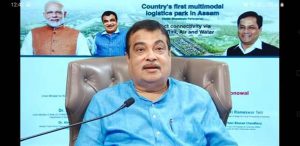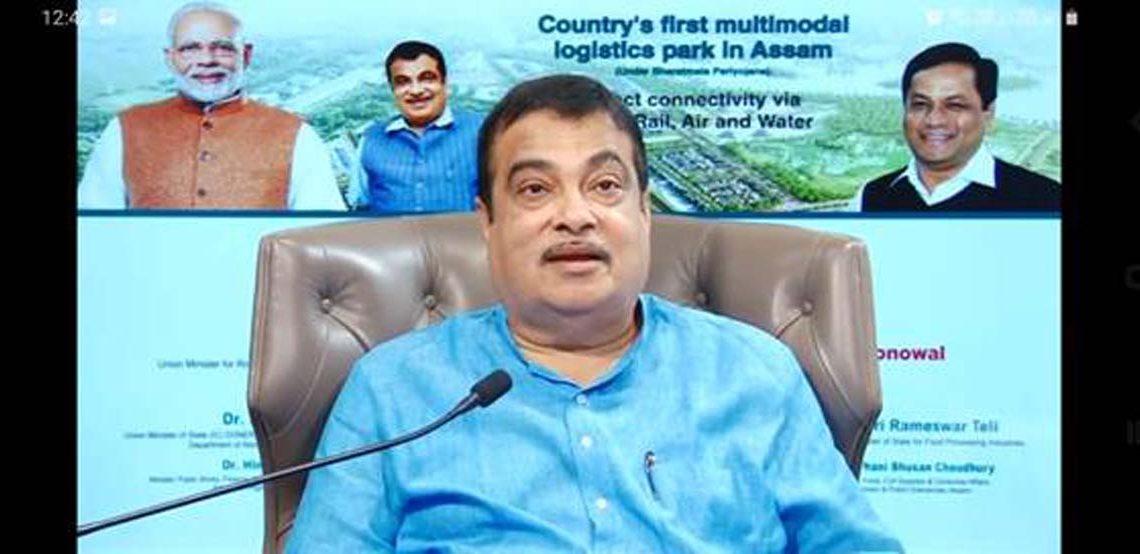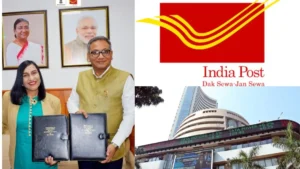
The Union Minister of Road Transport and Highways, Nitin Gadkari virtually laid the foundation stone for the first-ever multi-modal logistic park of India, at Jogighopa, in Bongaigaon district of Assam.
About Logistic park:
- The logistic park will provide direct connectivity to air, road, rail and waterways to the people of Assam and other parts of North East.
- The fund for the multi-modal logistics park would be spent in three components – road and railway connectivity as well as building and infrastructure work. It will also give employment to 20 lakh people.
- The overall cost of this project is around Rs 693.97 Crore and is being developed under the Bharatmala Pariyojana of the Central Government.
Important takeaways for all competitive exams:
- Chief Minister of Assam: Sarbananda Sonowal; Governor: Prof. Jagdish Mukhi.
- Folk Dance of Assam: Bihu dance, Bagurumba, Bhortal Dance, Jhumur dance.



 PNB Housing Finance Appoints Ajai Kumar ...
PNB Housing Finance Appoints Ajai Kumar ...
 Department of Posts and BSE Sign MoU to ...
Department of Posts and BSE Sign MoU to ...
 Retail Inflation Rises Slightly to 0.71%...
Retail Inflation Rises Slightly to 0.71%...







